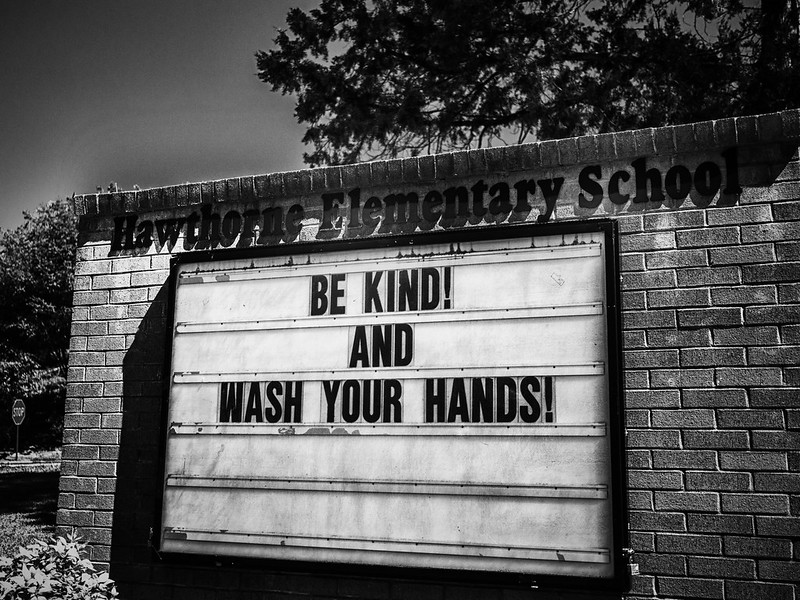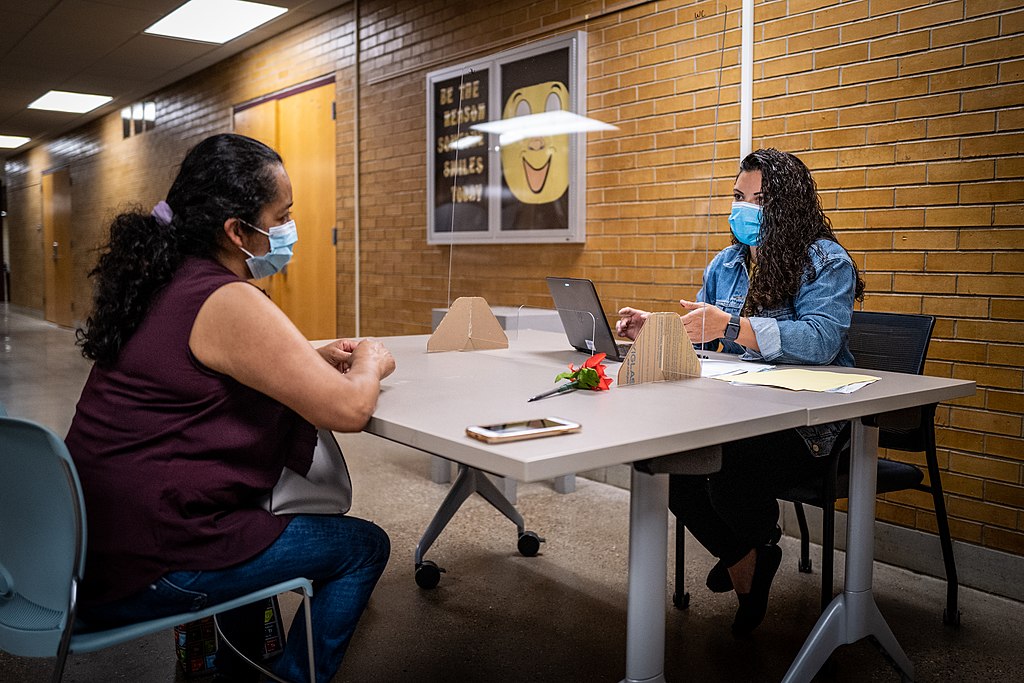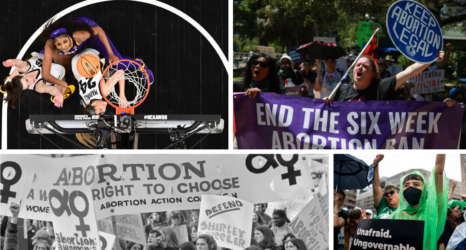Across the country, politicians have abandoned their responsibilities to education, putting malls and football before kids, and setting up working families to suffer for decades to come.

Coronavirus cases and deaths across the U.S. are skyrocketing, causing states to initiate temporary restrictions, such as closing indoor restaurants and gyms and limiting the size of gatherings. These restrictions are temporary, our governors assure us—the economy will be reopening soon.
We applaud these closures, which will save lives. But the benchmark that politicians should be considering before reopening: Are the numbers low enough that kids can safely go to school?
We study motherhood and social inequality—Dr. Maes as a historian and Dr. Yates-Doerr as an anthropologist. Our research shows how a lack of state-supported high-quality child care leads to social stratification and gender inequity, causing children and their caregivers to suffer in a way that debilitates communities at large.
Access to free or low-cost workday child care is the foundation of a functioning economy and essential to the reduction of social inequality. Yet many public schools closed eight months ago, and many daycares are shuttered or operating at reduced capacity. Across the country, politicians have abandoned their responsibilities to education, putting malls and football before kids, and setting up working families to suffer for decades to come.
Right now kids from low-income families are missing meals and supplies such as winter clothing, and all kids are denied the vital emotional support that schools provide.
They are also missing out on learning: Challenges with access to online and remote schooling create high rates of absenteeism and non-enrollment which exacerbate existing gaps in educational achievement. Additionally, the amount of time that young kids are spending on screens flies in the face of health recommendations, and severe mental illness among children is on the rise. Reported rates of child abuse have decreased—but this is not because children are safer, but because schools are one of the primary places that report abuse.
School Closures’ Devastating Effects on Gender Equity
The closure of schools is also having devastating effects on gender equity. With schools shut, parents—largely mothers—have had to pick up the slack. Women, already disadvantaged in the workforce, are taking leave from their jobs or quitting outright to support their children’s learning needs.
Before the pandemic, women in our home state of Oregon earned 79 cents to men’s dollar, with Black, Native American and Latina women making far less. Women also make up the majority of the “essential workforce,” often doing the most critical care work for the lowest wages. Every day that passes without in-person schooling, is a day that makes these disparities worse.

There is also the spread of COVID to consider. Closing schools was supposed to decrease possible COVID contacts, helping to flatten the curve. But opening schools might actually be safer than the unregulated alternatives that parents have come up with for educating and caring for their kids during the workday.
Some families have chosen to bring children from different households together in informal learning pods, which may not adhere to distancing and mask-wearing guidelines. In other cases, grandparents and other elder relatives are taking over child care—an especially dangerous situation, given their higher risk of severe illness or death. If there are no extended kin networks to draw upon, some working parents are forced to group children together and leave them to supervise each other.
These small, informal gatherings between people from different households are exactly what the government points to as the primary cause of surging COVID rates right now—but without operational schools and child care options, desperate families have no other choice.
Meanwhile, we know it is possible to safely send kids back to school under certain conditions. These include wearing masks, classroom distancing and upgrading school ventilation systems—but among the most important are low levels of community spread.
Time for the Government to Step Up, With Income Guarantees and Business Protections
To be sure, keeping business closed until schools can safely reopen will require the government to offer robust basic income guarantees and business protections. We also must respect the calls of teacher unions not to open schools until it is safe. We do not need to pit young children against the needs of minimum wage workers, small businesses, or their own teachers. In fact, prioritizing child care and schooling for working families is the linchpin for post-pandemic economic recovery. There is no hope for economic justice without child care, and it’s time to put the needs of working families first.
Hopefully, the temporary restrictions that governors are putting in place will help to decelerate the frightening curve we’re witnessing, but if there aren’t significant shifts in national priorities, cases will go right back up.
We have tied the reopening of schools to the coronavirus caseload, but this is backward. We should not reopen the country until it is safe to reopen schools.
You may also like:





